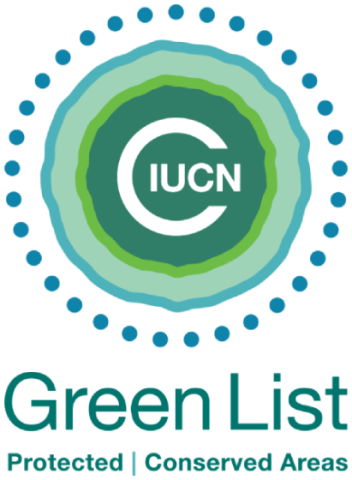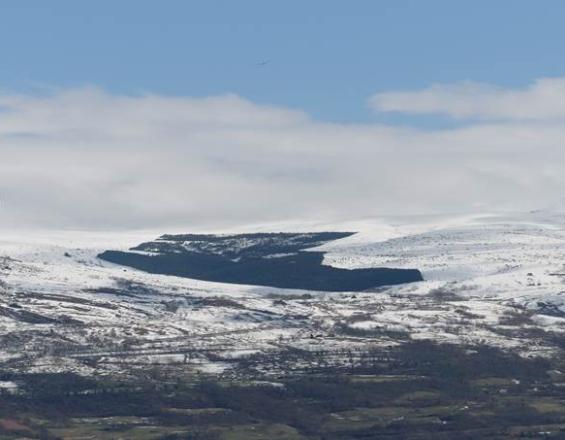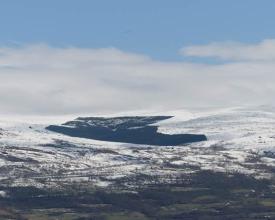

Tras el acusado declive de la población de buitres, en 1974 se creó la Reserva Natural de Ossau, en el territorio del Parque Nacional de los Pirineos, para salvar a las dos docenas de buitres que quedaban. 40 años después, cientos de buitres viven en la reserva y casi 825 en los Pirineos franceses. Este aumento de la población ha propiciado el desarrollo del turismo de naturaleza y la elaboración de acuerdos de arrendamiento de parcelas con los agricultores locales.
Contexto
Défis à relever
Ubicación
Procesar
Resumen del proceso
Bloques de construcción
Desarrollo turístico
Factores facilitadores
Lección aprendida
Establecimiento de la representación de parcelas
Factores facilitadores
Lección aprendida
Impactos
La creación de la reserva nacional de Ossau, gestionada por el Parque Nacional, ha dado lugar a un importante crecimiento de la población de buitres en todo el Pirineo. Otros resultados de los efectos de la reserva son - El desarrollo del turismo de naturaleza vinculado a la valorización de este patrimonio natural (desarrollo de una visita al sitio y "el acantilado de los buitres" (15.000 entradas anuales, difusión de imágenes de cámaras que filman las zonas de nidificación), descubrimiento de sitios de redes de rapaces entre Francia y España, creación de un sendero interpretativo en torno a las presas, aumento del tiempo de permanencia de las aves y aumento de los clientes extranjeros acompañados por profesionales certificados de salida. - Restablecimiento de los vínculos entre las explotaciones agrícolas y los buitres de montaña, valles de renders naturales y mejora de la percepción de los buitres entre los habitantes y los agricultores.
